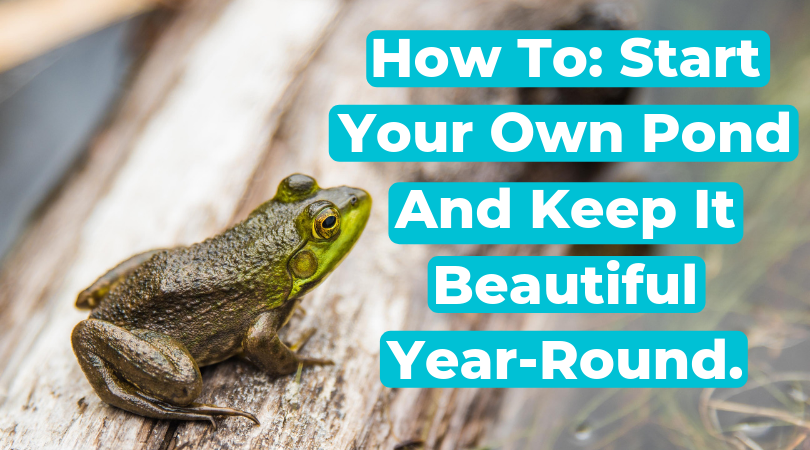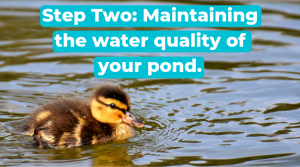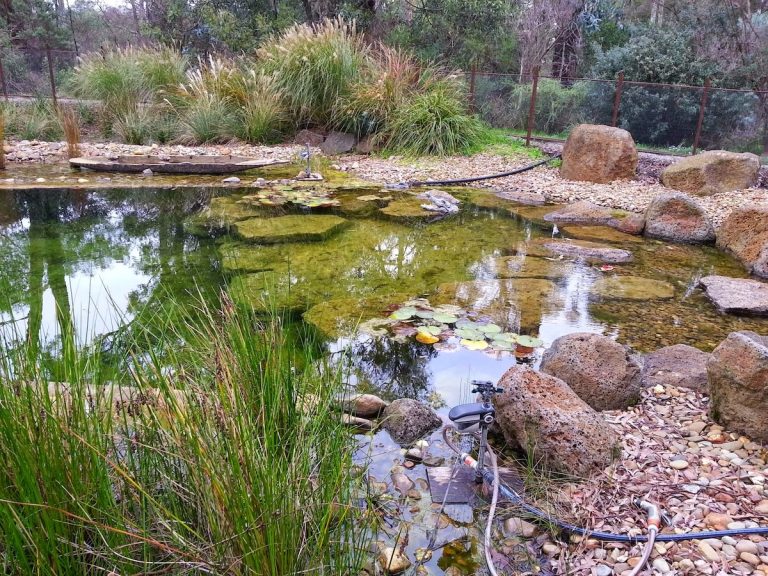Thinking about building a pond? Read on to discover what the experts recommend.
Building a pond is not as simple as digging a hole in the ground and filling it with water. Sure, you could do it this way, but you would quickly find that your water had turned manky and morphed into a magnet for mosquitoes and other nasties. Since we doubt you want blood suckers and creepy crawlies breeding in your backyard, we’ve put together this short blog to guide you through what is often involved for creating a healthy pond.
Anyone can dig a hole and fill it with water but constructing a pond that is easy to maintain takes a little more thought and effort. If you want things done quickly and correctly without putting in the effort, we have a collection of friendly contractors who can assist you with this process. They’re specialised in the best way to create ponds that have easily maintained water quality which means they’ll be able to save you from a multitude of hidden expenses later. To take advantage of this, simply fill out a service request form today, and one of our team members will get back to you shortly.
If you’d rather tackle the build yourself, you can check out our “do’s and don’ts in pond construction” article to ensure everything runs smoothly.
So, you’ve got your finished pond, the water quality is beautiful, clear and attracting new animal visitor like turtles, beautiful birds and ducks! Unfortunately, these animals may start using the pond as their own personal toilet and their waste will begin to accumulate, along with all the fallen leaves and other organics that end up in the water. These nutrients are stored in the form of sludge at the bottom of the pond. Overtime, this layer of sludge builds up until and the nutrient levels in the pond begin to get unbalanced. These nutrients are now available to grow algae and aquatic weed which can very quickly get out of control and begin to strangle the pond.
What can you do to control the nutrients in the water?
Just like your gut, your pond has good and bad bacteria. The good bacteria in ponds is what we refer to as aerobic, nitrifying bacteria. These guys can consume the excess nutrients in the water, which brings the risk of aquatic weed & algae growth right down.
The best way to promote these bacteria is to ensure they are provided with the right levels of oxygen in the water, which can be achieved through aeration. The next best thing to do is to apply more bacteria which is done through applying biological treatments.
Note: Algae and aquatic weed can still come up from time to time. Keep them at bay by ensuring they are removed from the water and placed well away from the edge so as not to let them get washed back in when it rains. They’re pretty nasty for your pond but they often makes great fertiliser for your garden beds so you’re essentially getting two birds with one stone.
Fish are a great addition, however, just like how the visiting birds add nutrients into the water, fish can also increase the nutrient load of the water. Because of this, ensuring the water is properly aerated and the system is continuously dosed with biological treatments is vital to your pond’s health and water quality. Plus, fish require oxygen in the water to survive too.
Some popular fish to keep in ponds are Koi (regulations apply), gold fish & Silver Perch, remember to be careful with Koi, however, as they are considered to be very dirty fish. Catfish can also be great fun to have around and they come with the added benefit of helping out with your maintenance as they’ll eat pretty much anything that fits in their mouths.
In addition to the solutions described above, it is common practice to install biological filtration systems. We offer a range of filtration options that are excellent at helping you achieve beautiful water for you and your fish to enjoy. Selecting the right filter depends on the size and shape of your pond and many offer additional attachments such as UV clarifiers.
Your pond’s maintenance requirements will also depend on environmental conditions and other external factors. If you have any questions, or run into any issues, contact us and we’ll help you sort them out.







